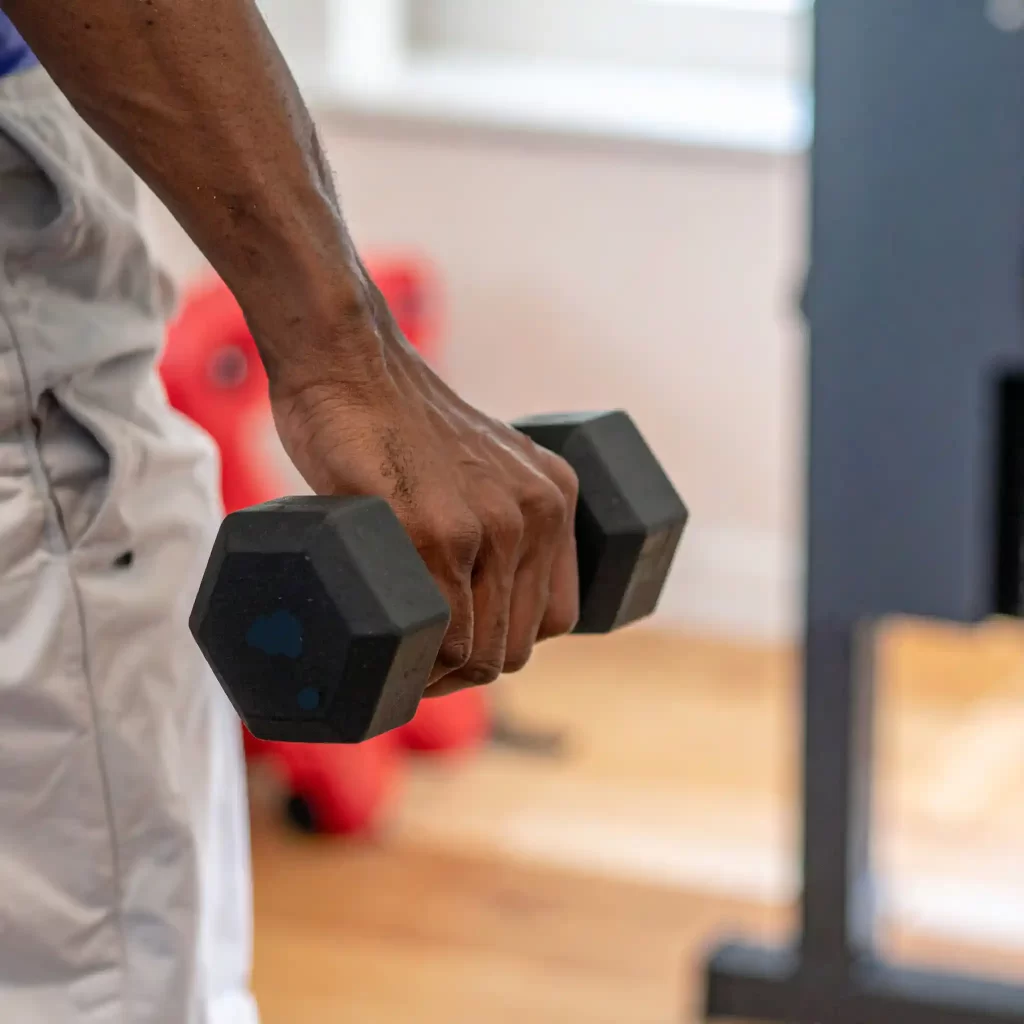When you think of building strength, images of heavy barbells and gritted teeth probably come to mind. Yet, a growing body of research and real-world experience suggests that lifting lighter weights—when done correctly—can be just as effective, if not more so, for building strength. Let’s explore why lifting lighter doesn’t mean sacrificing results, and how it might even help you break through plateaus.
The Science of Muscle Growth
Muscle growth, or hypertrophy, is triggered by mechanical tension, muscle damage, and metabolic stress. Traditionally, heavy weights (typically 70-85% of your one-rep max) have been the gold standard for strength gains. However, studies show that lifting lighter weights for more repetitions can create similar levels of muscle activation and growth—provided you push close to muscular fatigue.
Key Mechanisms at Play
- Time Under Tension: Lighter weights allow you to perform more reps, increasing the total time your muscles are working. This extended time under tension is a powerful stimulus for muscle adaptation.
- Metabolic Stress: Higher reps with lighter weights create a build-up of metabolites (like lactate), which signals muscles to grow and adapt.
- Motor Unit Recruitment: When you lift to near failure, even with lighter weights, your body recruits more muscle fibers, including the fast-twitch fibers responsible for strength and power.
Benefits of Lifting Lighter Weights
1. Reduced Injury Risk
Heavy weights can increase the risk of joint strain and injury, especially if your form breaks down. Lighter loads make it easier to maintain perfect technique, protecting your joints and connective tissues.
2. Improved Mind-Muscle Connection
With lighter weights, you can focus more on the quality of each rep, improving your ability to activate the target muscle group. This heightened awareness often leads to better muscle development over time.
3. Greater Training Volume
Lighter weights enable you to perform more sets and reps, increasing your overall training volume—a key driver of muscle growth and strength.
4. Accessibility and Consistency
Not everyone has access to heavy weights or spotters. Lighter weights make strength training more accessible, allowing for consistent workouts without specialized equipment or supervision.

How to Lift Light for Strength
- Go Close to Failure: To maximize results, perform sets with lighter weights until you’re 1-2 reps short of failure.
- Slow Down the Tempo: Control both the lifting and lowering phases to maximize time under tension.
- Increase Reps and Sets: Aim for higher rep ranges (15-30 reps per set) and more sets to accumulate sufficient training volume.
- Prioritize Form: Use the opportunity to perfect your technique and range of motion.
Real-World Examples
- Rehabilitation: Physical therapists often use lighter weights to rebuild strength safely after injury.
- Athlete Training: Elite athletes incorporate lighter-load, high-rep training phases to improve endurance and muscle resilience.
- Older Adults: Research shows that older adults can gain significant strength and muscle by lifting lighter weights with high effort.
Lifting lighter weights isn’t just for beginners or those recovering from injury. When approached with intention and intensity, it’s a powerful strategy for building strength, enhancing muscle growth, and supporting long-term joint health. Next time you hit the gym, remember: it’s not always about how much you lift, but how well you lift it.
